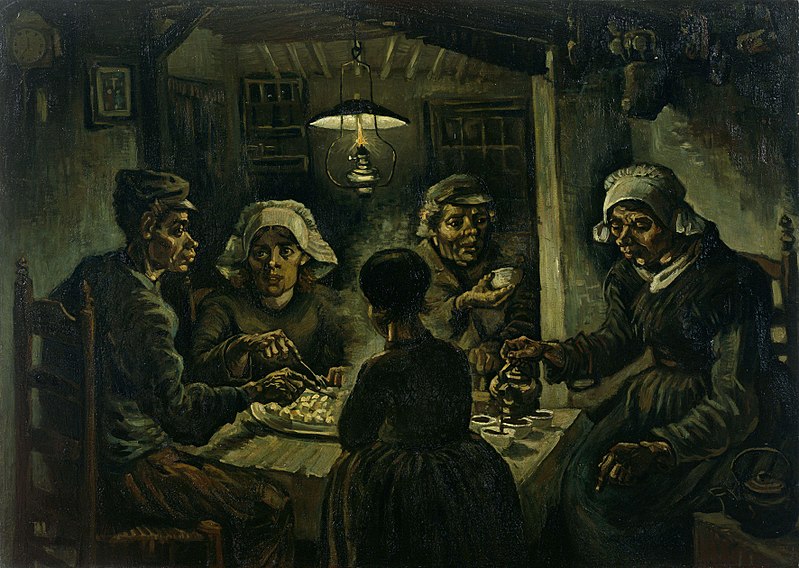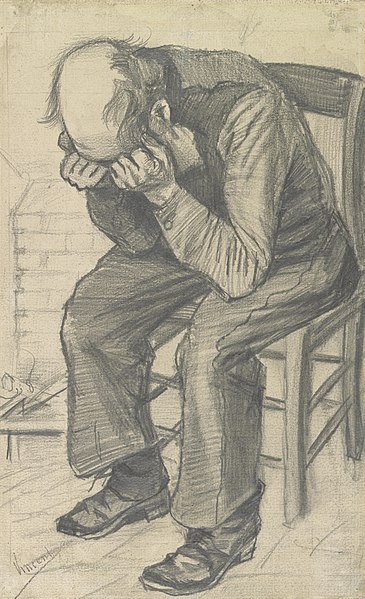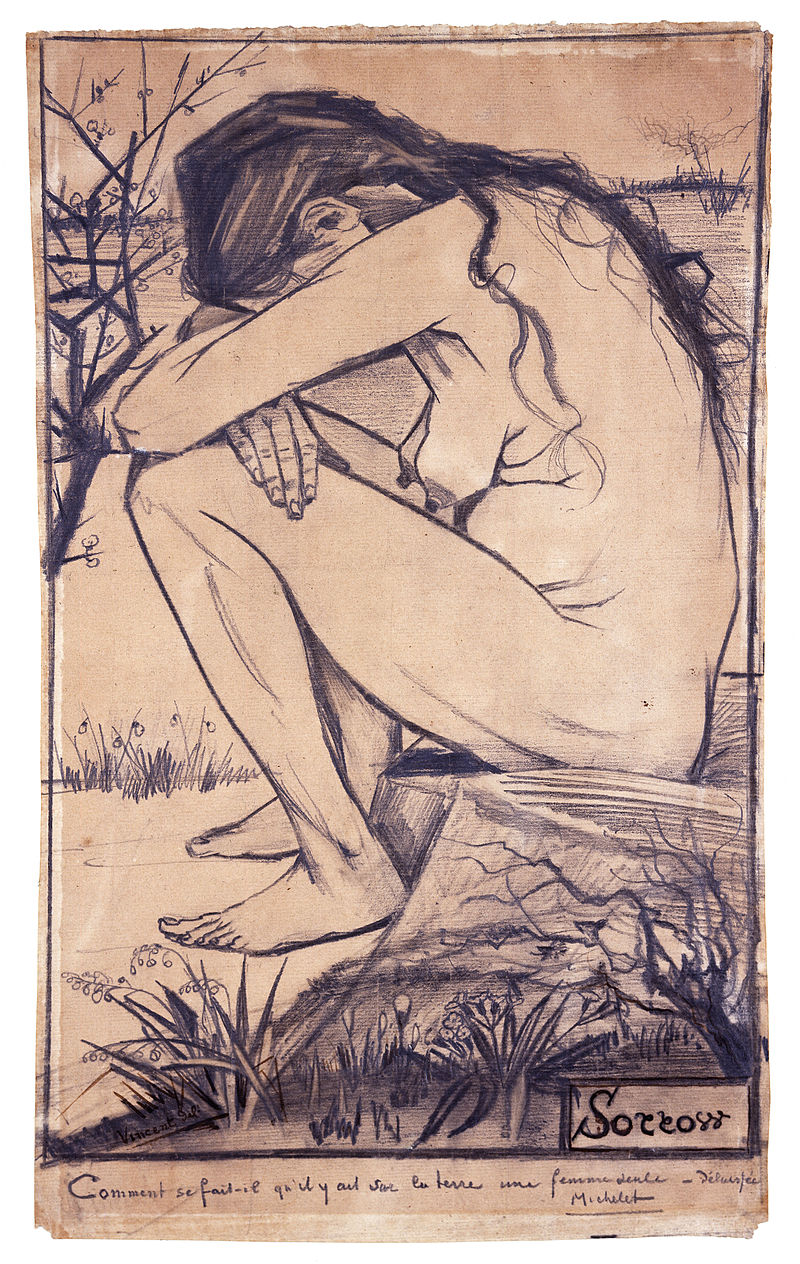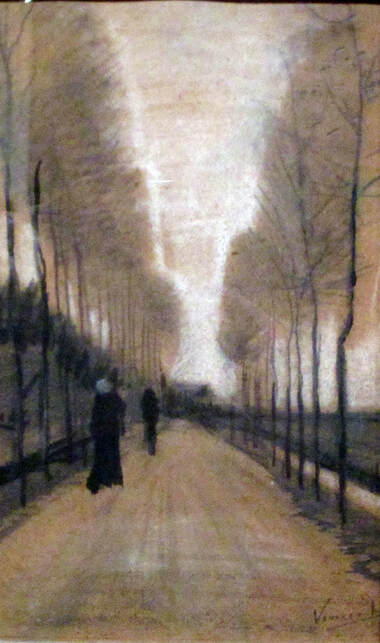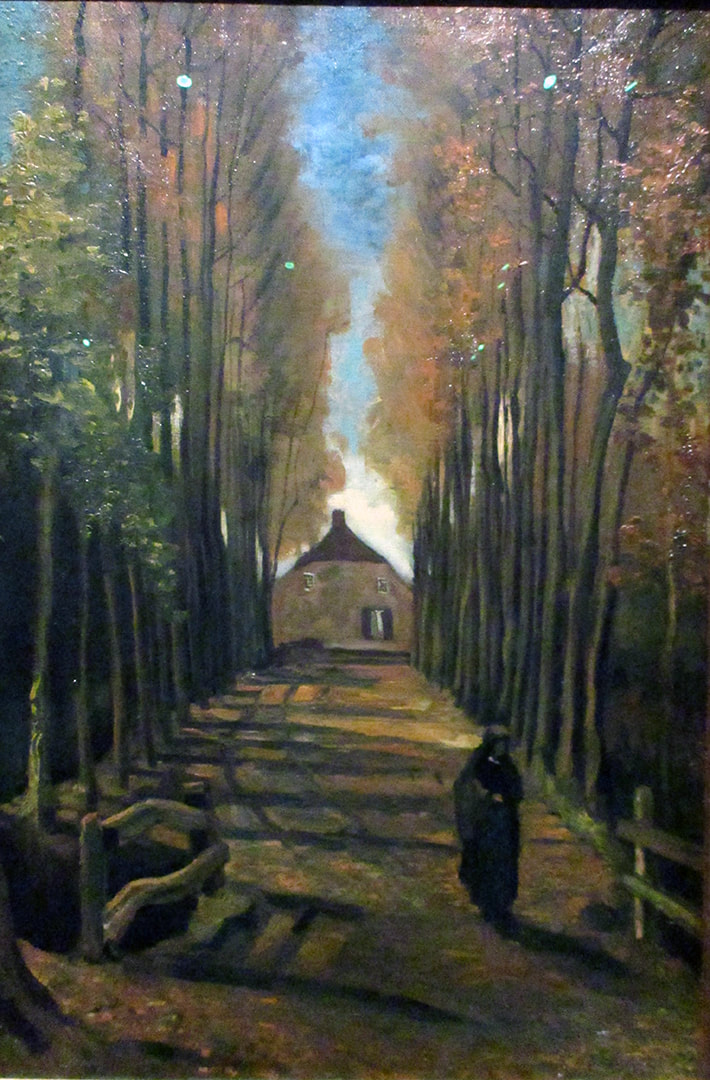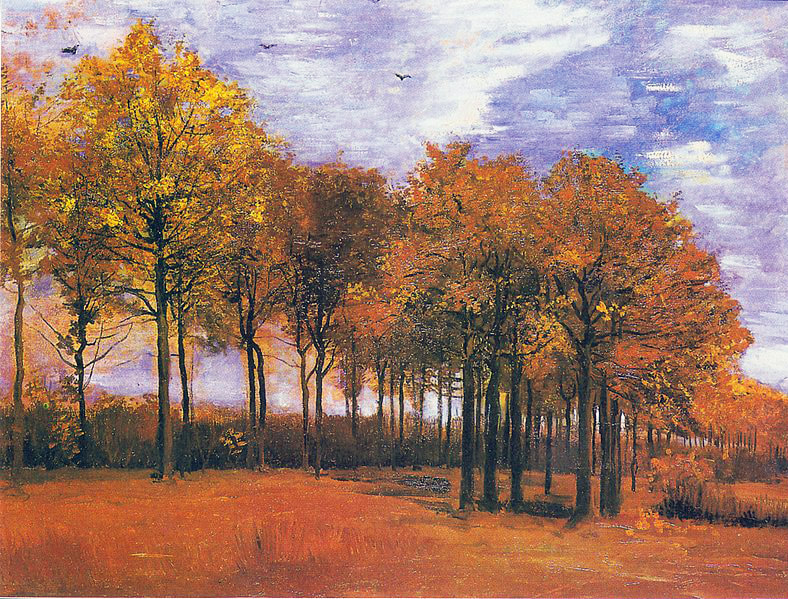AN APPRECIATION: Vincent Van Gogh
|
"The Potato Eaters" (above) is considered Van Gogh's first masterpiece. It was done in a unique style that he developed towards the end of the early period, which made considerable use of brown and other earth colors.
A frequent subject during his early period was the life of peasants as in "Woman with a Spade" (below). Van Gogh considered a similar pose in "Worn Out" (above) and "Sorrow" (below). The model for the latter picture was Van Gigh's companion Sien.
Van Gogh also returned to similar visual concepts in "Alley Bordered by Trees" (above) and "Avenue of Poplars" (below).
"Autumn Landscape October" demonstrates Van Gogh's ability to produce high quality works in a traditional style. Thus, his later more simplified and abstract works were a product of choice.
|
Artist appreciation - Vincent Van Gogh (Part I The Early Years)
